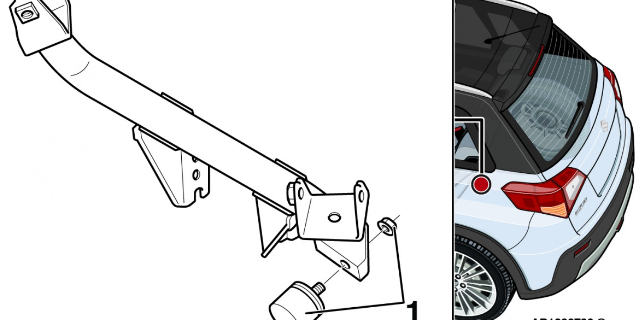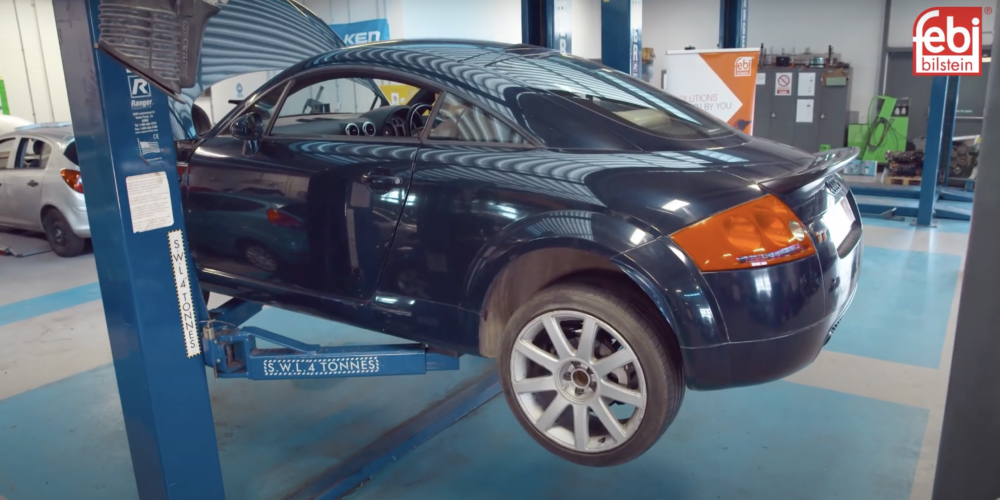Venting the fuel system after replacing the filter

If the fuel filter is to be replaced within the vehicle, the following important issues must be considered. One of the most common causes of errors at this point is the air that remains in the injection system.
In the case of insufficient venting or failing to perform one, serious damage may occur. First of all, modern compression-ignition engines are extremely vulnerable because the injectors and high-pressure pump quickly begin to run dry if they are not lubricated with diesel fuel.
Most of engines can be vented by calibrating the fuel pump, for example, by repeatedly turning the engine on and off, by using a diagnostic tester or by directly supplying electricity to the fuel pump. Manual venting is also one of the standard methods.
In some vehicles, the fuel system has is equipped with an integrated hand pump. In others, the air must be manually removed from the system with a vacuum pump. Generally, the new filter must be filled with clean fuel before its installation to prevent dry running, so that any efforts related to venting can also be reduced.
In order to prevent undesirable air ingress, water drainage of the diesel fuel filter should be conducted with proper care (e.g. KL 154). After loosening the water drain screw and removing water, the screw must be retightened with a correct torque. If it is too tight, the sealing ring will become deformed, so fuel will leak and air will ingress.
Important: Before opening the system, the fuel pipes must be disconnected by means of a suitable tool. To avoid damaging the starter due to overloading, venting only through starting the engine is not recommended!









